Which App Type Fits You Best—Web or Desktop
Chances are, you’ve used both a web app and a desktop app today. Perhaps you opened a browser-based tool like Google Docs and later switched to a desktop program like Photoshop. These two types of software—web-based and desktop—are integral to most people’s digital routines, but they function very differently behind the scenes. These differences impact their speed, security, and flexibility.
The debate around Web-Based vs. Desktop Applications extends beyond just the location of the app. It’s about how these tools function in real life—how they influence your workflow, performance, and daily convenience. Let’s explore how these two approaches compare and what you should consider when choosing between them.
How They Work and What Sets Them Apart?
The fundamental difference between the two lies in where the application runs. A web-based app operates through your browser and lives online, while a desktop application is installed and runs on your device. If you’ve used Trello, Gmail, or Google Slides, those are web apps. Programs like Excel, Final Cut Pro, or Visual Studio are desktop applications.
This structural difference is significant. Web apps are accessible from anywhere, require no installation, and often sync your data automatically. They’re ideal for switching between devices or collaborating remotely. Conversely, desktop applications typically offer more features, better speed, and direct access to your system’s hardware.
When handling large files or heavy processing—such as editing high-resolution videos or compiling code—desktop software generally excels in application performance. It runs locally, bypassing browser limitations and internet lag. You enjoy smoother interactions and more power without relying on a fast internet connection.
Storage is another consideration. Web apps store data in the cloud by default, which is convenient for backup and collaboration. Desktop apps often save files locally, giving you more control but also requiring manual backup unless paired with a cloud service.
Speed, Power, and Performance
In terms of application performance, desktop software still has the upper hand. It can directly access your device’s resources—CPU, memory, and GPU—without any browser acting as an intermediary. This makes it ideal for tasks where speed and responsiveness are crucial.

Web apps are catching up, thanks to advances like WebAssembly and cloud- powered backends. Tools like Figma and online IDEs are surprisingly capable now. However, even the best web-based apps can lag when handling complex tasks or working offline.
Some tools blur the lines. Hybrid apps like Slack and Visual Studio Code use web technologies but operate like desktop apps. They offer a middle ground—web-like flexibility with a more native feel. Nevertheless, pure desktop apps provide the most consistent experience for high-end tasks.
Additionally, desktop apps typically work offline without interruption. Web apps require a connection, and even those with limited offline features don’t usually offer full functionality when you’re disconnected. If your work relies on always having access to your tools, desktop software offers peace of mind.
Flexibility, Security, and Updates
Web-based apps are designed for flexibility. You can open them from any device with a browser, whether it’s a laptop, tablet, or phone. They’re platform- independent, so you don’t have to worry about whether you’re on Windows or macOS.
Updates are smoother, too. With web apps, everyone uses the latest version automatically. There’s no need to install updates manually or worry about version conflicts. This is great for teams or companies that need a consistent experience for all users.
Security, however, is more complex. Web apps are exposed to online threats simply because they’re always connected. Developers can push patches quickly, but cloud-based storage also creates more risk for data breaches. With desktop apps, you’re more in control of your files, especially when working offline, but you’re also responsible for updates and keeping the system secure.
Some web-based tools now offer better offline features, but they rarely match the reliability of desktop apps. If you need constant access regardless of your internet connection, the desktop still leads in both stability and application performance.
Costs, Maintenance, and the Long View
Pricing models are another point of difference. Most web-based applications follow a subscription model. You pay monthly or yearly and get access as long as your subscription is active. This can be cost-effective if you only need the software temporarily or want to avoid a high upfront cost.

Desktop apps often come with a one-time license or a fixed purchase price. While you may pay more upfront, you don’t have ongoing costs over time, which can save money—but only if the app continues to meet your needs and stays compatible with your system.
Maintenance is also handled differently. With web apps, the provider takes care of everything behind the scenes: hosting, patches, and backups. For desktop software, you’re more hands-on. You’ll need to install updates, manage files, and troubleshoot issues yourself or with IT support.
Businesses often prefer web apps for scalability and team access. Admins can manage users, assign permissions, and update settings without needing to access each machine. However, industries that require privacy, offline access, or advanced local control might lean toward desktop options.
Conclusion
The debate between Web-Based vs. Desktop Applications isn’t about which is better overall—it’s about what suits your workflow. Desktop apps offer superior application performance, offline access, and more control, making them ideal for demanding tasks. Web apps excel in flexibility, updates, and cross-device access. Your choice depends on what matters more: power or convenience, control or accessibility. As hybrid models rise, the gap is narrowing, but understanding each type’s strengths helps you choose wisely. Whether you’re editing videos, writing code, or collaborating online, the right tool is the one that fits your daily needs without slowing you down.
Related Articles

Perplexity vs. ChatGPT
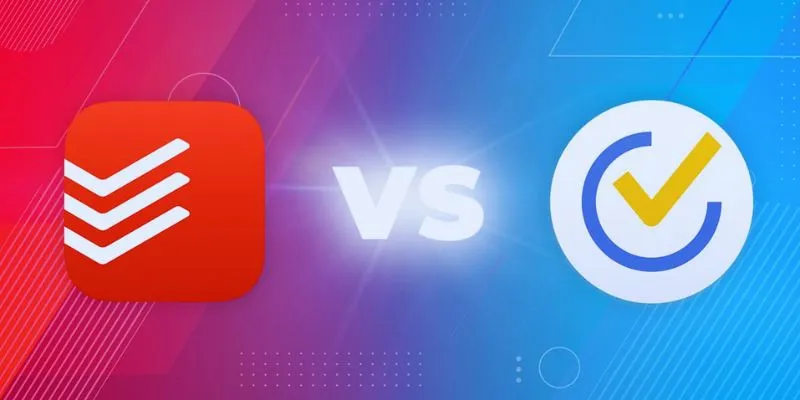
TickTick vs. Todoist: Which To-Do List App Should You Choose
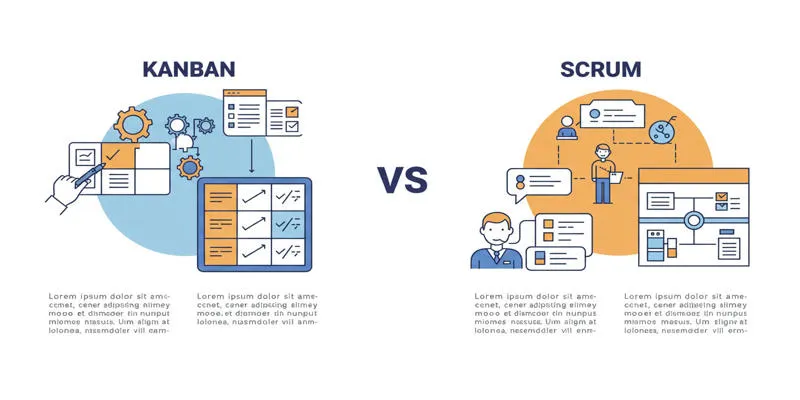
Kanban vs. Scrum

Speed Up Miro Whiteboard: Performance Tips for Smooth Collaboration

Step-by-Step Guide to Clearing Cache in Canva for Better Performance

RAW vs. JPEG: The Photographer’s Guide to Choosing the Right File Format
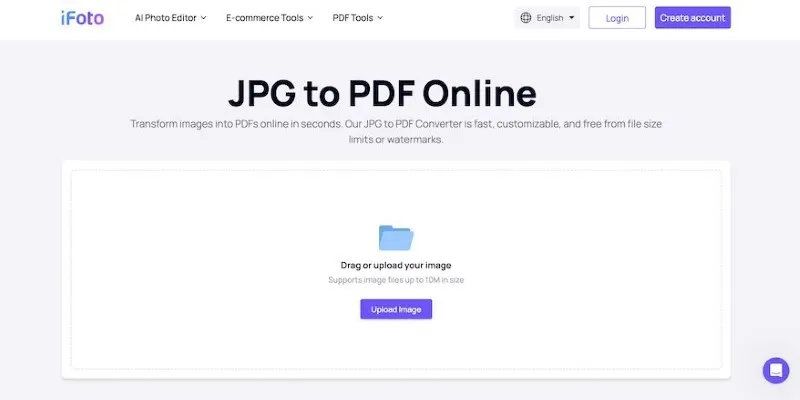
Best Image to PDF Converters for Desktop: 6 Top Picks

Maximize Your SEO Strategy with the Best Rank Tracker Tools in 2025

The 24 Best Sales Tools to Supercharge Your Team's Performance

Google Chat vs. Slack: Which Collaboration Tool Suits Your Business Best
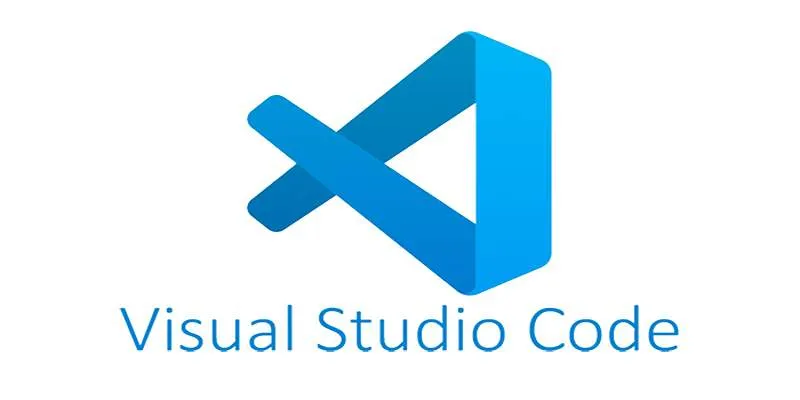
How to Debug and Fix Crashing VS Code Extensions Effectively
Popular Articles

Top Dictation Software to Try in 2025 for Seamless Speech-to-Text Conversion

The 11 Best CRMs for Small Business: Streamline Your Workflow in 2025

How to Convert OGV to MP4: 3 Fast and Easy Methods

Step-by-Step Guide to Viewing and Saving Fortnite Replays

Top 10 VR Movies That Will Take You to Another Dimension

Which Are The 5 Best Data Collection Tools to Streamline Your Research Process

Looping Videos on iPad Without Wi-Fi or Workarounds
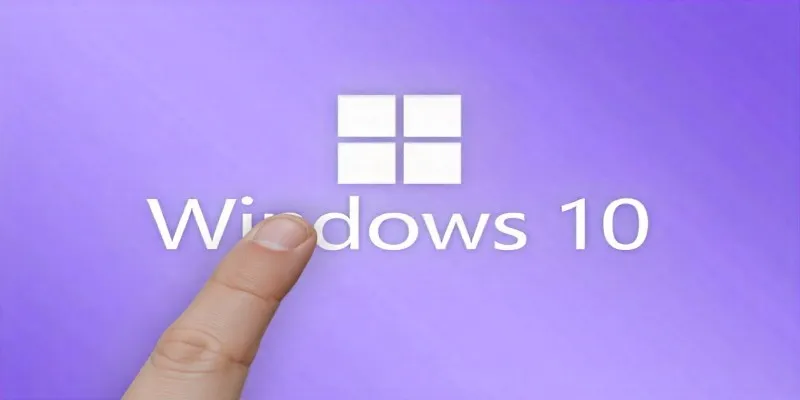
Unlock Windows 10: 5 Free Activation Tools to Try

Best Methods to Convert MTS Files for TV Compatibility

5 Best Free Stop Motion Apps for Beginners and Pros

The 4 Best AI Website Builders for Effortless Website Creation
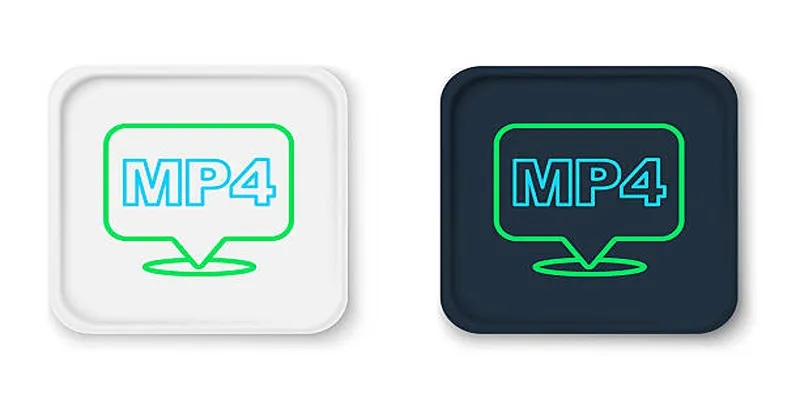
 mww2
mww2